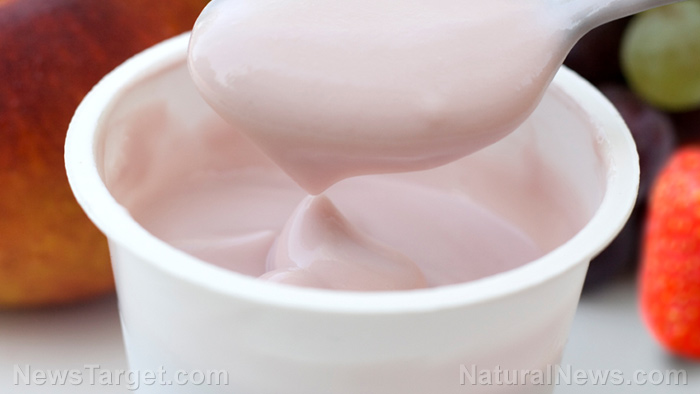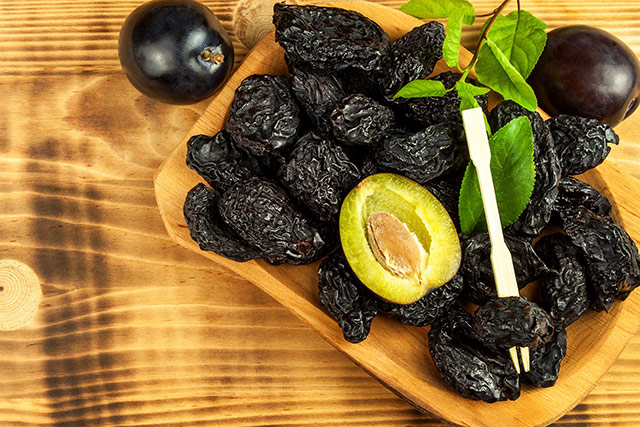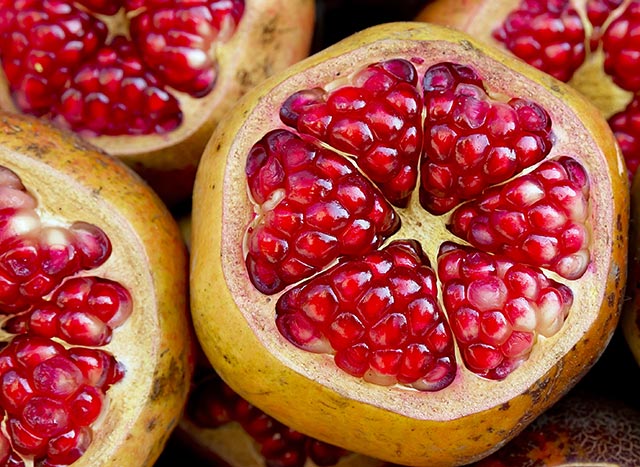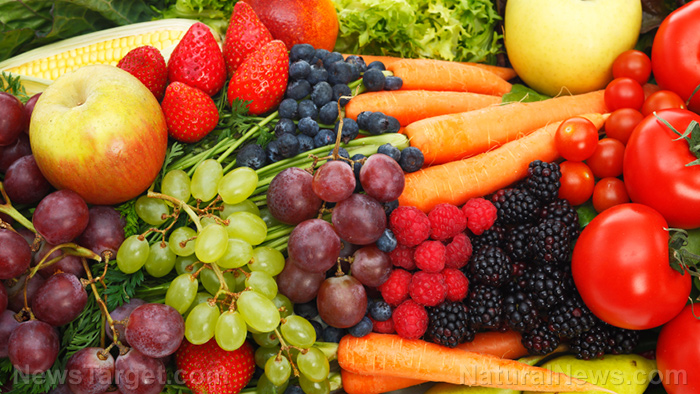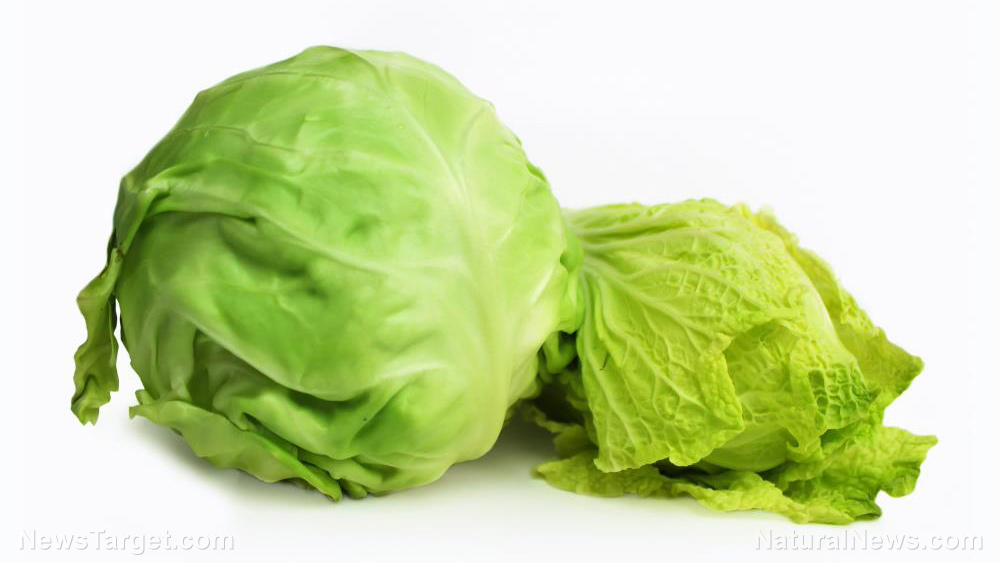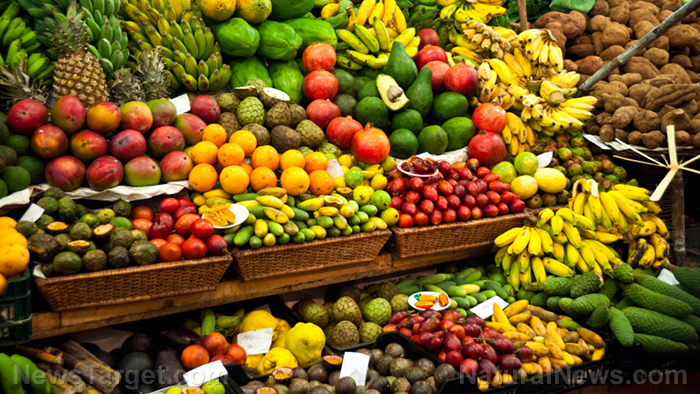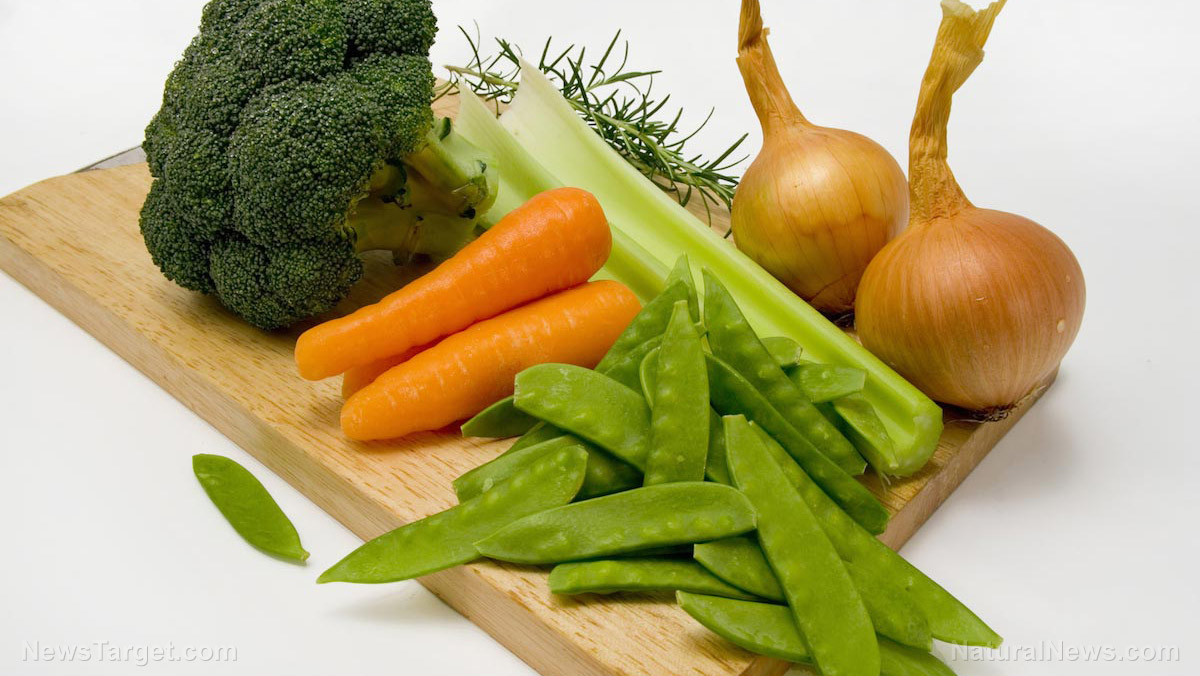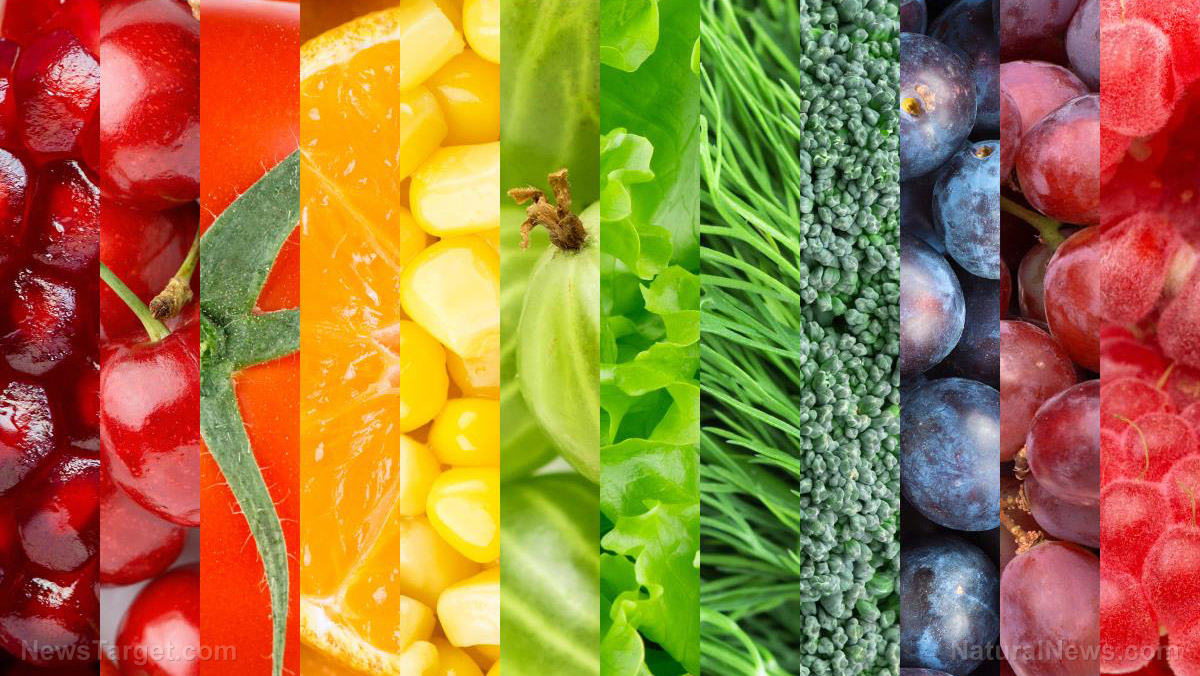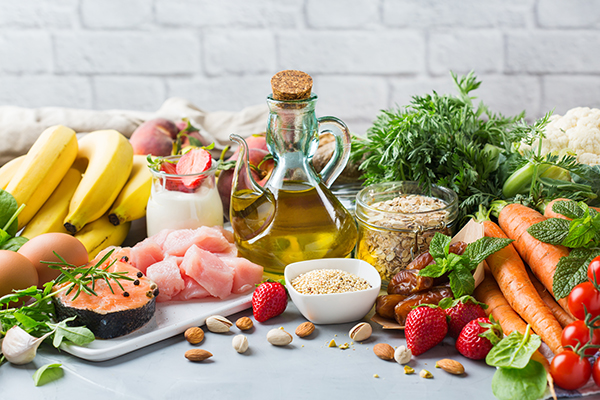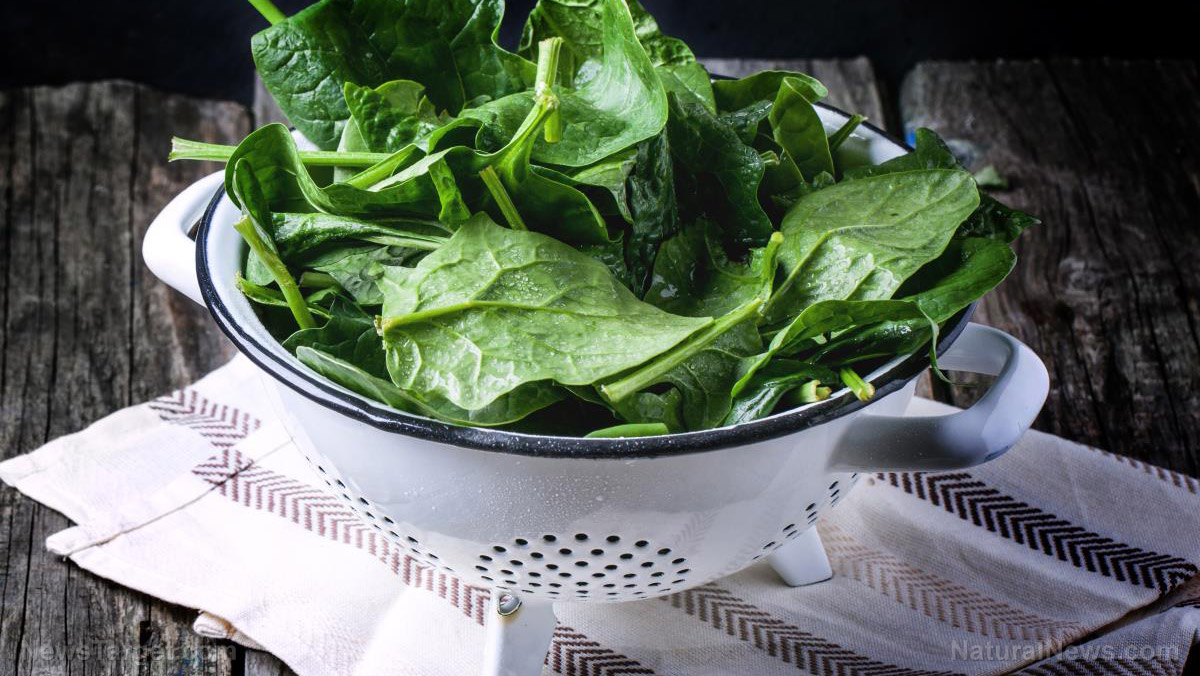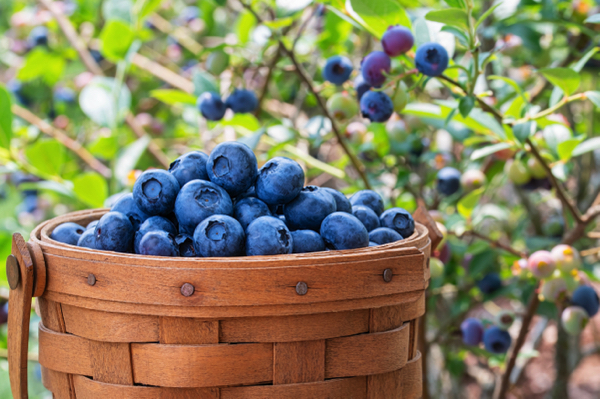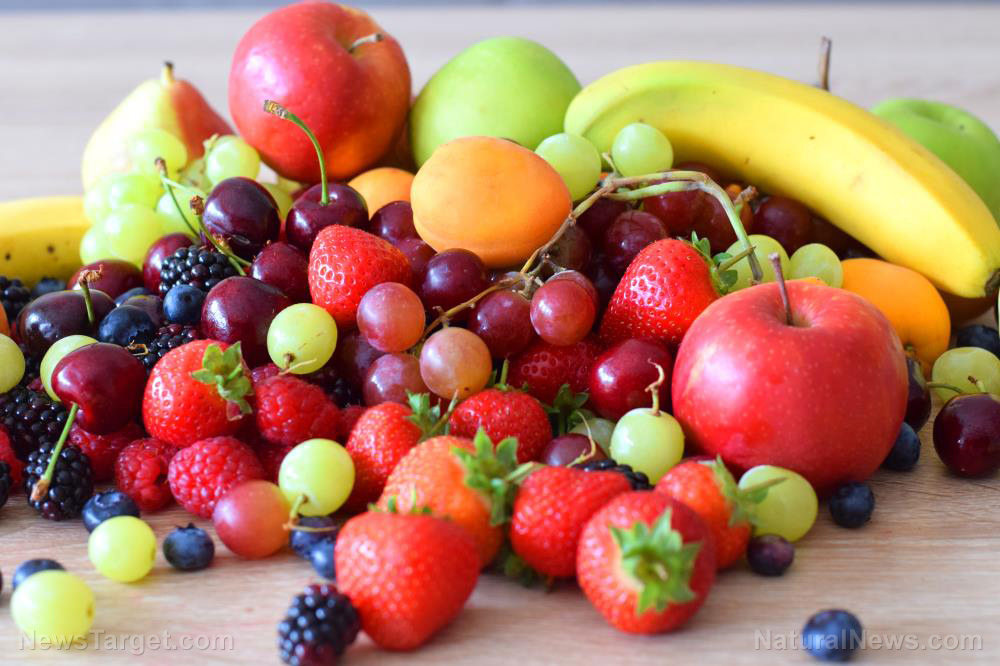A comprehensive exploration of nature’s nutritional powerhouses: KV Peter’s “Phytochemistry of Fruits and Vegetables”
07/04/2025 / By Belle Carter
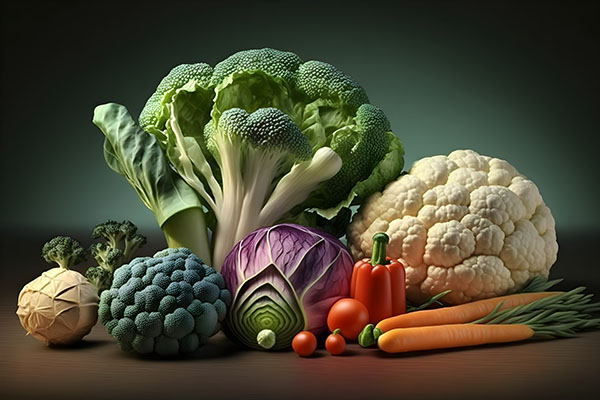
- KV Peter’s “Phytochemistry of Fruits and Vegetables” serves as a crucial link between traditional horticulture and contemporary scientific advancements, focusing on sustainable agriculture and nutritional security.
- The book highlights the transformation of horticulture from a traditional practice rooted in ancient civilizations to a major economic driver, with global horticultural crop production skyrocketing from 25 million tons in 1950 to over 300 million tons in 2017.
- It addresses the challenges of producing more with fewer resources, offering insights into science-based technologies for sustainable growth across industries like food, health, energy and manufacturing.
- Horticultural Science is presented as a key factor in achieving nutritional security and economic growth, particularly for small and marginal farmers. The book underscores the role of horticultural crops in combating undernutrition and enhancing economic prosperity.
- The book delves into the science of phytochemicals, emphasizing their health benefits and the role of compounds like phytopolyphenols in preventing chronic diseases. It encourages a deeper understanding of the nutritional value of fruits and vegetables for a healthier, more sustainable future.
In an era where the global demand for sustainable agriculture and nutritional security is at an all-time high, KV Peter’s “Phytochemistry of Fruits and Vegetables” emerges as a pivotal resource that bridges the gap between traditional horticulture and modern scientific advancements.
This book is not just a treatise on the cultivation of fruits and vegetables. It is a deep dive into the science that underpins their growth, their nutritional value and their profound impact on human health and the environment.
Horticulture, as Peter elucidates, is both a science and an art. It encompasses the cultivation of a wide array of plants, from gardens and orchards to flowers, fruits and vegetables. This field has evolved dramatically from its ancient roots in Indian epics and civilizations to become a cornerstone of economic development and trade.
Once a mere hobby, horticulture has now blossomed into a commercial powerhouse, driven by intensive research and technological innovations. The journey from rural gardens to large-scale commercial production has been nothing short of remarkable. Horticultural crop production soared from 25 million tons in 1950 to over 300 million tons in 2017 – a phenomenon often dubbed the Golden Revolution.
This surge in production has attracted significant investment and spurred technological advancements, making fruits and vegetables more accessible than ever before. However, as Peter points out, this growth comes with its own set of challenges.
The need to produce more with less resources is a pressing issue and it is here that the book offers invaluable insights. By introducing readers to science-based technologies, “Phytochemistry of Fruits and Vegetables” equips various industries, including food, health, energy and manufacturing, with the tools they need to thrive sustainably.
The book’s impact extends beyond the agricultural sector, touching on critical areas such as nutrition and the economy. Horticultural Science provides the foundational knowledge necessary for nutritional security, while horticultural crops themselves create employment opportunities, enhance purchasing power and increase export earnings. This is particularly crucial for small and marginal farmers, as horticulture is directly linked to the health and prosperity of the nation.
In India, where undernutrition affects nearly half the population, horticultural crops offer a viable solution. They provide a balanced mix of carbohydrates, proteins and micronutrients, making them ideal for combating hidden hunger and achieving nutritional security.
The data is compelling: From 2005 to 2017, the compound growth rate of horticultural crops outpaced that of food grains, with horticultural production surpassing food grain production. This achievement underscores the potential of horticulture to transform India’s agricultural landscape and position it as a leader in the global market.
Peter’s book delves into the science-based technologies that are essential for various sectors. From seeds, soils and water management to agronomy, plant protection and post-harvest technologies, the book covers a wide range of topics. It also addresses the challenges posed by climate change, micro-irrigation and the nutritive values of vegetables, offering practical solutions for sustainable growth.
One of the most fascinating aspects of the book is its exploration of phytochemicals in fruits and vegetables. These bioactive compounds are the unsung heroes of our diet, contributing significantly to our overall well-being. Studies have shown that individuals who consume fewer fruits and vegetables are at a higher risk of chronic diseases. This has led to a growing awareness of the health benefits of these natural wonders.
Phytochemicals like phytopolyphenols, found in common dietary elements, possess potent antioxidant properties and are believed to have vital effects on health. They are often referred to as “chemoprotectors” due to their anticarcinogenic and anti-mutagenic properties. The book’s detailed analysis of these compounds and their effects is truly enlightening, providing readers with a deeper understanding of the science behind their nutritional value.
“Phytochemistry of Fruits and Vegetables” is a comprehensive guide that educates, inspires and empowers. It encourages readers to appreciate the science behind the food they consume and the vital role it plays in their lives.
As Peter aptly puts it, “Understanding the phytochemistry of fruits and vegetables is not just about knowing what we eat. It’s about embracing a healthier, more sustainable future.”
Learn more about “Phytochemistry of Fruits and Vegetables” by watching the video below.
This video is from the BrightLearn channel on Brighteon.com.
Sources include:
Submit a correction >>
Tagged Under:
alternative medicine, diet, economics, food, food is medicine, food supply, fruits, gardening, Golden Revolution, horticulture, KV Peter, natural medicine, nutraceuticals, nutrition, phytochemicals, Phytochemistry of Fruits and Vegetables, plant medicine, vegetables, veggie
This article may contain statements that reflect the opinion of the author
RECENT NEWS & ARTICLES
GroceryCures.com is a fact-based public education website published by Grocery Cures Features, LLC.
All content copyright © 2018 by Grocery Cures Features, LLC.
Contact Us with Tips or Corrections
All trademarks, registered trademarks and servicemarks mentioned on this site are the property of their respective owners.


